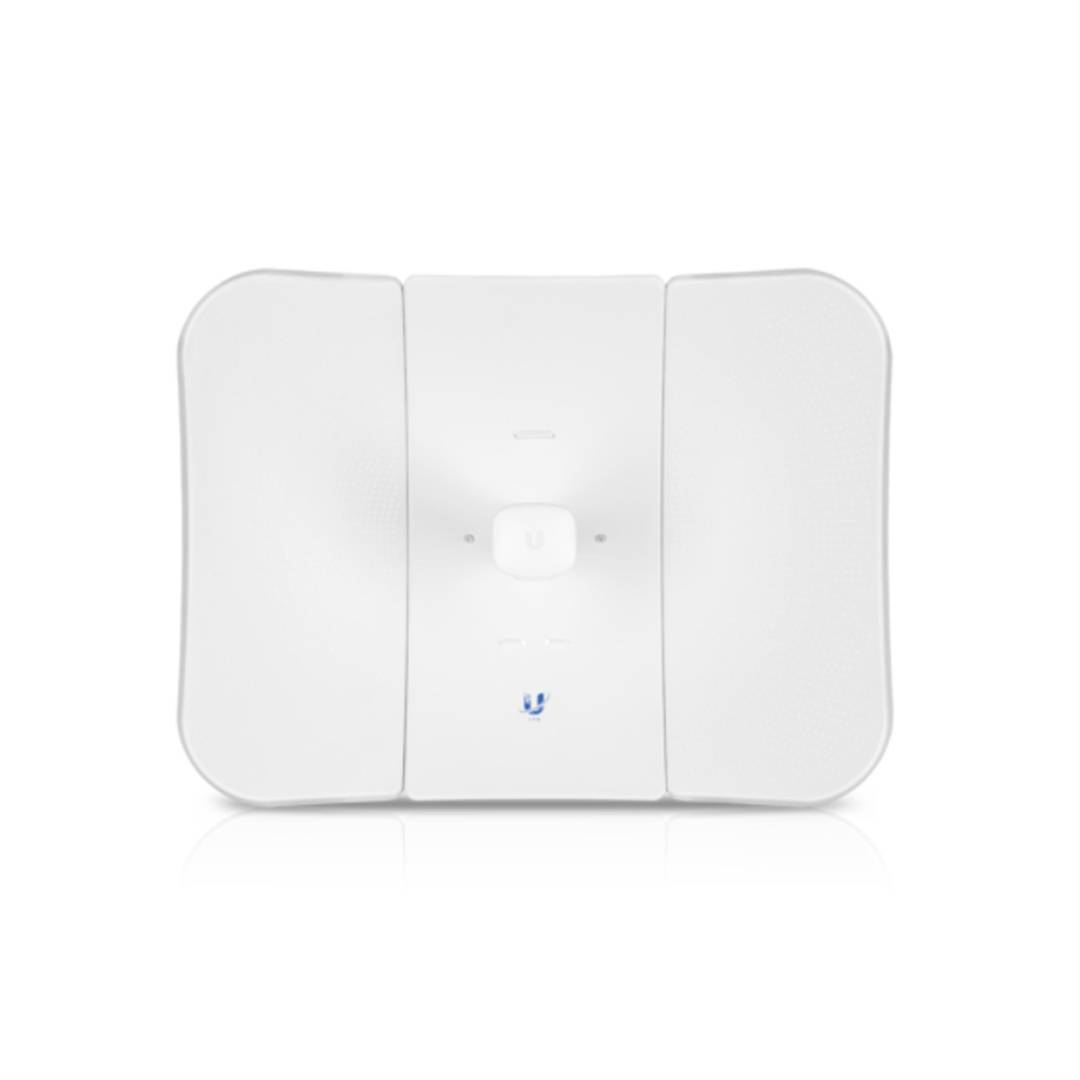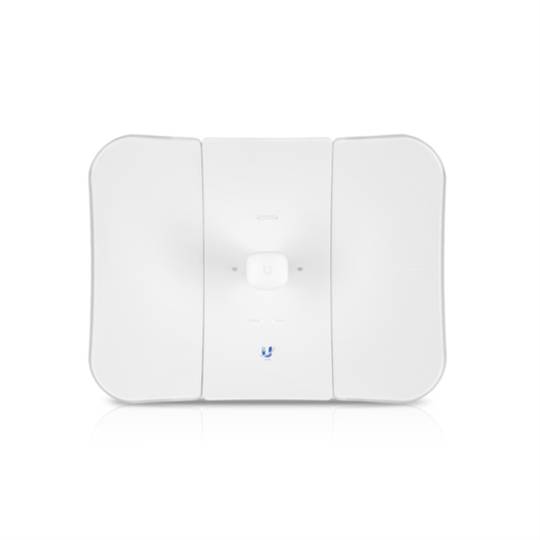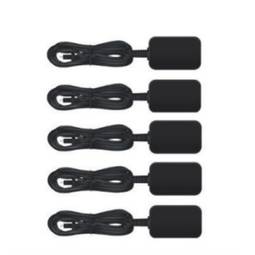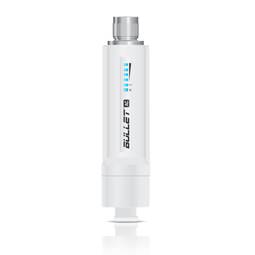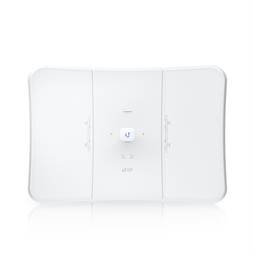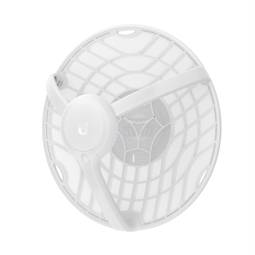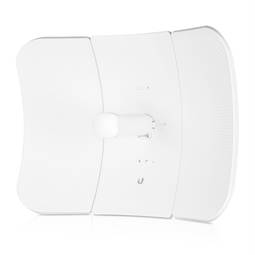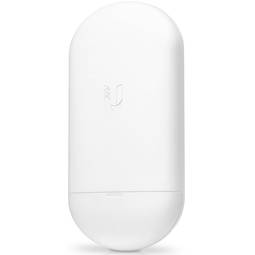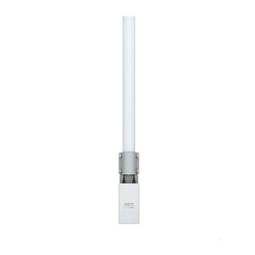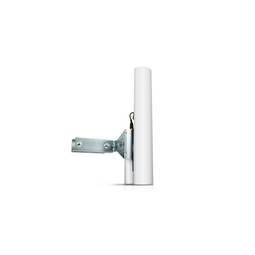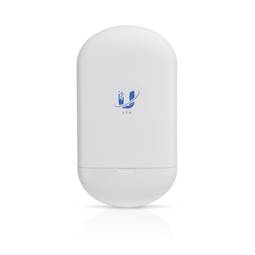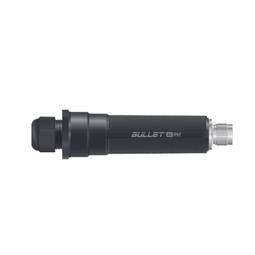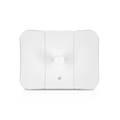08/05/2025 5:05 p.m.
https://cablematic.com/en/products/ubiquiti-ltu-lr-26dbi-range-5ghz-antenna-UI286/
https://cablematic.com/en/products/ubiquiti-ltu-lr-26dbi-range-5ghz-antenna-UI286/
Ubiquiti LTU-LR 26dBi Range 5GHz Antenna
REF: UI286
Specifications
- Maximum data transfer rate: 1000 Mbit/s.
- Ethernet LAN.
- Band frequency: 4.8 - 6.2 GHz.
- Power consumption (max): 8.5W.
- Location: Mast.
PVP
€151.13
Price including VAT:
€151.13
PVD
€145.32
PVP: Retail price.
Check conditions.
PVP: Sale price to distributors.
Check conditions.
warranty
returns
safe
We will notify you when it is back in stock.
Specifications
- Maximum data transfer rate: 1000 Mbit/s.
- Ethernet LAN.
- Band frequency: 4.8 - 6.2 GHz.
- Power consumption (max): 8.5W.
- Location: Mast.
More info
State-of-the-art data transmission device with a maximum transfer rate of 1000 Mbit/s, Ethernet LAN, 10,100,1000 Mbit/s data transfer rate and a band frequency of 4.8 to 6.2 GHz. Its maximum power consumption is 8.5 W. It can be located on a mast, with a white color and a plastic casing. Its maximum antenna gain is 26 dBi, with a width of 512.5 mm, a depth of 385.8 mm and a height of 258.3 mm. Manufactured by Ubiquiti with reference LTU-LR.
Specifications
Specifications
- Maximum data transfer rate: 1000 Mbit/s.
- Ethernet LAN.
- Band frequency: 4.8 - 6.2 GHz.
- Power consumption (max): 8.5W.
- Location: Mast.
- Housing material: Plastic.
- Antenna gain (max): 26 dBi.
- Ideal for connecting long-range wireless networks through a 1000 Mbit/s connection.
- Compatibilities: Compatible with Ethernet LAN.
- Characteristics: Frequency band 4.8 - 6.2 GHz, Antenna gain (max): 26 dBi.
- White color.
- Gross Weight: 2.0 kg
- Number of packages: 1
- Master-pack: 1
Technical terms
- Hz
- dBi
Hz
One hertz is one cycle per second, meaning repeating cycle as an event. For example, hertz is applied physics measuring the number of times for a second wave (either acoustic or electromagnetic) is repeated or can be applied, among other uses, to ocean waves that reach the Beach vibrations per second or a solid. The quantity that measures the frequency hertz is called,in this regard, the inverse of the period. One hertz is an oscillation frequency of suffering a particle over a period of one second.


